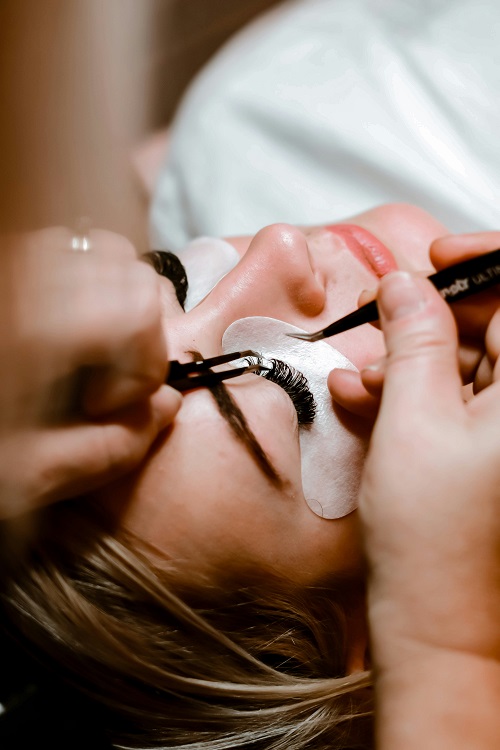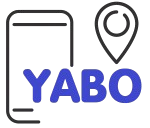Eye Lash Extensions and Training Business

Type: Service.
Key product/s for sale: Eyelash extension services, eyelash extension training courses, lash extension products (adhesives, lashes, tools).
Technology considerations: High-quality lighting for precision work, appointment scheduling software, and digital marketing tools (website, social media).
The market for the product/s: The target audience includes individuals interested in enhancing their eyelashes with extensions and aspiring beauty professionals seeking training in eyelash extension techniques.
Key inputs into the business:
- Materials: Eyelash extension products (lashes, adhesives, removers), training materials.
- Labor: Skilled lash technicians for service provision, and experienced trainers for courses.
- Equipment: Eyelash extension supplies (tweezers, adhesive trays, lash extension bed), training materials.
Product preparation process:
Eyelash Extension Services:
- Consultation with clients to determine desired lash style and length.
- Preparation of client’s natural lashes (cleansing and priming).
- Application of individual eyelash extensions using adhesive and specialized tools.
- Final inspection and touch-ups as needed.
Eyelash Extension Training Courses: - Curriculum development covering theory and practical aspects of eyelash extension application.
- Conducting training sessions with hands-on practice on models.
- Providing training materials and certificates upon course completion.
Quality considerations:
- Use of high-quality, hypoallergenic lash products.
- Adherence to industry-standard hygiene practices.
- Thorough training programs to ensure competence and safety.
Cost of investment:
- Materials and Equipment: 50,000 KES to 100,000 KES
Labor (initial training and ongoing staff): Variable
Marketing and Promotion: 10,000 KES to 20,000 KES
Total estimated cost of investment: 60,000 KES to 120,000 KES
Required operational infrastructure in detail:
- Studio space with adequate lighting and ventilation for service provision.
- Training area equipped with workstations for hands-on practice.
- Basic office setup for administrative tasks.
- Equipment: Lash extension bed, adjustable lamps, magnifying glasses, lash extension tools (tweezers, adhesive trays, etc.), training materials (manuals, practice lashes).
Skills required: Expertise in eyelash extension application techniques, training, and certification in lash extension training (if offering courses).
Most suitable or viable location for the business: Urban areas with a concentration of beauty-conscious clientele, preferably in commercial or residential areas with easy accessibility.
Potential sources of investment capital: Personal savings, loans from financial institutions, and partnerships with investors interested in the beauty industry.
Requirements for effective management: Strong leadership skills, knowledge of beauty industry trends, effective staff training and supervision, excellent customer service.
Role of mobile phone and ICT in the business: Use of mobile phones for appointment scheduling, digital marketing through social media platforms, and communication with clients and staff.
Statutory regulations and licenses: Ensure compliance with health and safety regulations, business registration, and any other relevant licensing requirements for operating a beauty studio and providing training services.
Pricing:
- Eyelash Extension Services: 2,000 KES to 5,000 KES per session (depending on the style and complexity)
- Eyelash Extension Training Courses: 15,000 KES to 30,000 KES per course (varying based on duration and comprehensiveness of training)
Profitability: Profitability depends on factors such as the demand for services, pricing strategy, operational efficiency, and marketing efforts. With a growing client base and reputation for quality services and training, profitability can be achieved within the first year.
Next steps to take:
- Secure necessary permits and licenses for operating a beauty studio and providing training courses.
- Set up the studio space with necessary equipment and furnishings.
- Develop training curriculum and promotional materials for training courses.
- Hire and train skilled lash technicians and trainers.
- Implement marketing strategies to attract clients and students, such as social media promotion and local advertising.
- Monitor business performance and customer feedback to make necessary adjustments and improvements.

